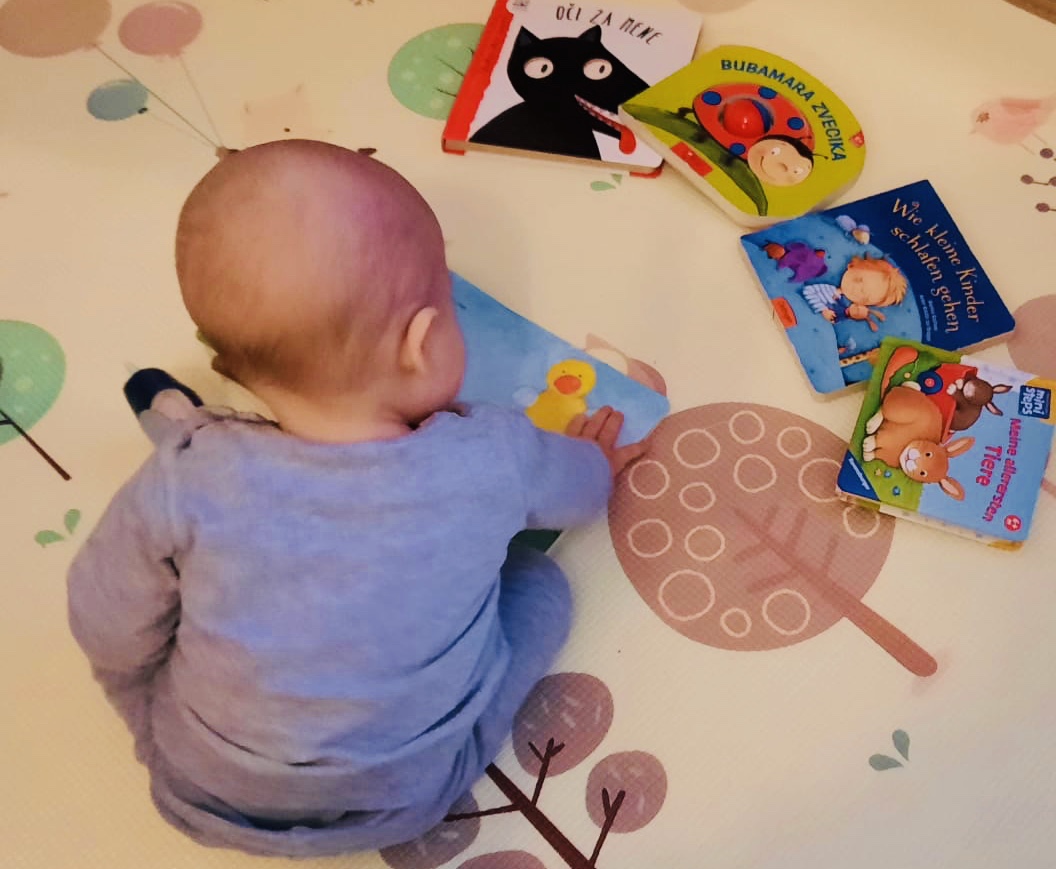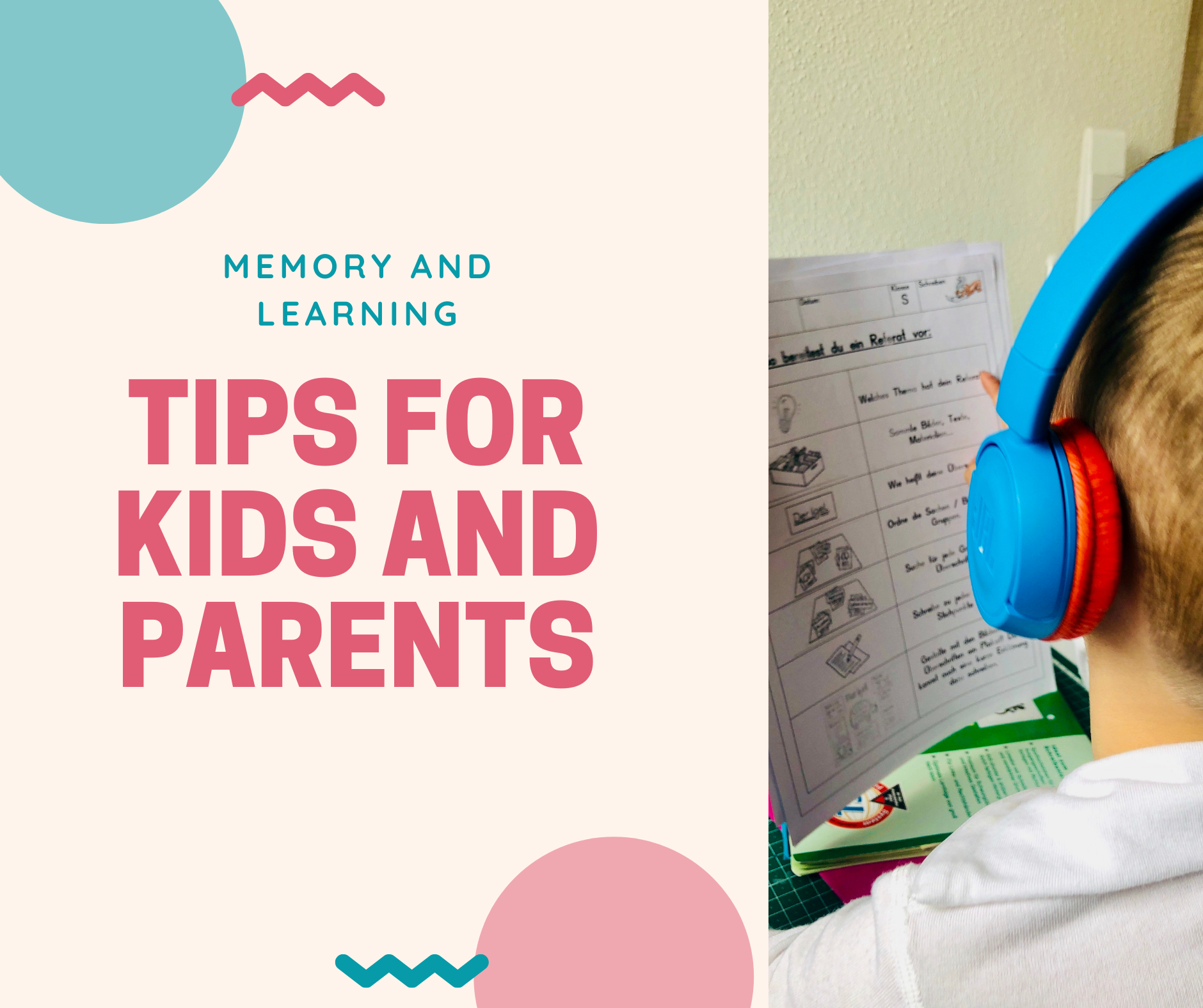Raising Multilingual Children - How do We Begin?

What's the secret to successful bi-/multilingualism? Well, the secret is similar to the one for successful gardening. Yes, gardening. Parents are like gardeners that prepare the soil, plant, water and care. Growth in languages is greatly promoted by skilful gardeners but is also affected by the nature of the plant, other flowers in the garden, the changing environment, and shifting language climates (1).
So, as you can see, there is no universal key to unlock the mystery of successful multilinguals. It is a combination of some careful planning, a good dose of optimism, and a little luck.
1) Let's start with planning. Once parents see a plus on that pregnancy test or get a confirmation from an ob-gyn, so many questions arise. And, if their surrounding is multilingual, they start feeling even more concern. But, as you will see, raising multilingual children is entirely possible. And slightly more manageable if you know some basic whys and hows.
Ask questions and set goals.
• Why do you want to raise your child(ren) multilingual? Is it because you live in a multilingual surrounding and it's a necessity, or you've never had a chance to learn French, and you want for your kid to have this possibility? Is it because you and your partner speak different languages, or you want to give your kid a head start for the future? Do you plan on moving to a foreign country, or you want for your kid to be multilingual because it's a trend?
As you think of these questions, keep in mind that necessity fosters production. Why learning and speaking a language if no one around you uses it? Remember, we are talking about children. It is even more difficult for them than for us adults to invest energy into something that is perceived as useless. I mean, in their eyes, even going to school is sometimes a complete waste of time because they don't see why they (might) need some of the things they learn there later in life.
• What is your goal? Do you want your child to be equally proficient in all three or four languages you speak as a family? (For your and your kid's sake, don't set this as a goal). Do you want them to be able to communicate with their grandparents who don't speak your kid's other language? Maybe you don't really mind if they can't write in your mother tongue as long as they can answer you back in your language?
All these are related to the next set of questions.
• How many input and output opportunities can you provide? (Input=what the child hears. Output=what the child says. You can read more here). A straightforward formula would be: the more input and output opportunities the child gets, the better the chances of acquiring the language. (Read more about fostering language acquisition through different activities here)
2) Inform yourself. There is a growing body of research on multilingual development. And the results are not only for academics and researchers. Parents can learn a lot through academic papers, but also blogs, seminars, and books. Just like the blog you're reading now :)
3) Choose a strategy.
Before or soon after the baby's born, you might do some planning on who's going to speak which language. When thinking about different language strategies, keep in mind that there isn't the best one. There is only one (or more) that works best for your family. Whichever you choose, remember that it's not set in stone. Maybe you start with time and place strategy but then move to a different country. In that case, you might consider switching to a minority language at home strategy. (The list of different strategies and their explanations is in this article).
4) Optimism. True, bringing children up as bi-/multilinguals is not easy, but it's perfectly possible. As a matter of fact, reported rates of population bilingualism in places such as Europe (67%), Canada (55%), India (25%), and the United States (20%) indicate that bilingualism is both common and growing (2).
And to make this process a bit easier, here are a few dos and don'ts suggested by academics who are also parents of multilingual children (3):
- Don't push it. By insisting too much on kids using our languages of choices, we could create the opposite effect, namely refusal to use our languages at all.
- Don't obsess over it when children chose to deviate from the family norm.
- Avoid unrealistic expectations; languages are complex systems, and it takes a while before children (even monolingual) sort it all out.
- Accept that there is always a dominant language. And this can shift depending on the amount of input.
- When children refuse to answer back in the parents' language, it's better not to give up, as it might be a passing phase.
- If they keep refusing, by continuing the use of the minority language, the child will at least maintain passive multilingualism and can decide to re-activate it at some point in the future. But remember - don't force it.
- Relax and enjoy your multilingual journey.
(1) Baker, C. (2007). A Parents' and Teachers' Guide to Bilingualism (3rd ed.). Clevedon: Multilingual Matters.
(2) Byers-Heinlein, K., Esposito, A. G., Winsler, A., Marian, V., Castro, D. C., & Luk, G. (2019). The Case for Measuring and Reporting Bilingualism in Developmental Research. Collabra. Psychology, 5(1), 37. https://doi.org/10.1525/collabra.233
(3) Festman, J., Poarch, G., Dewale, J. M. (2017). Raising Multilingual Children. Multilingual Matters.

